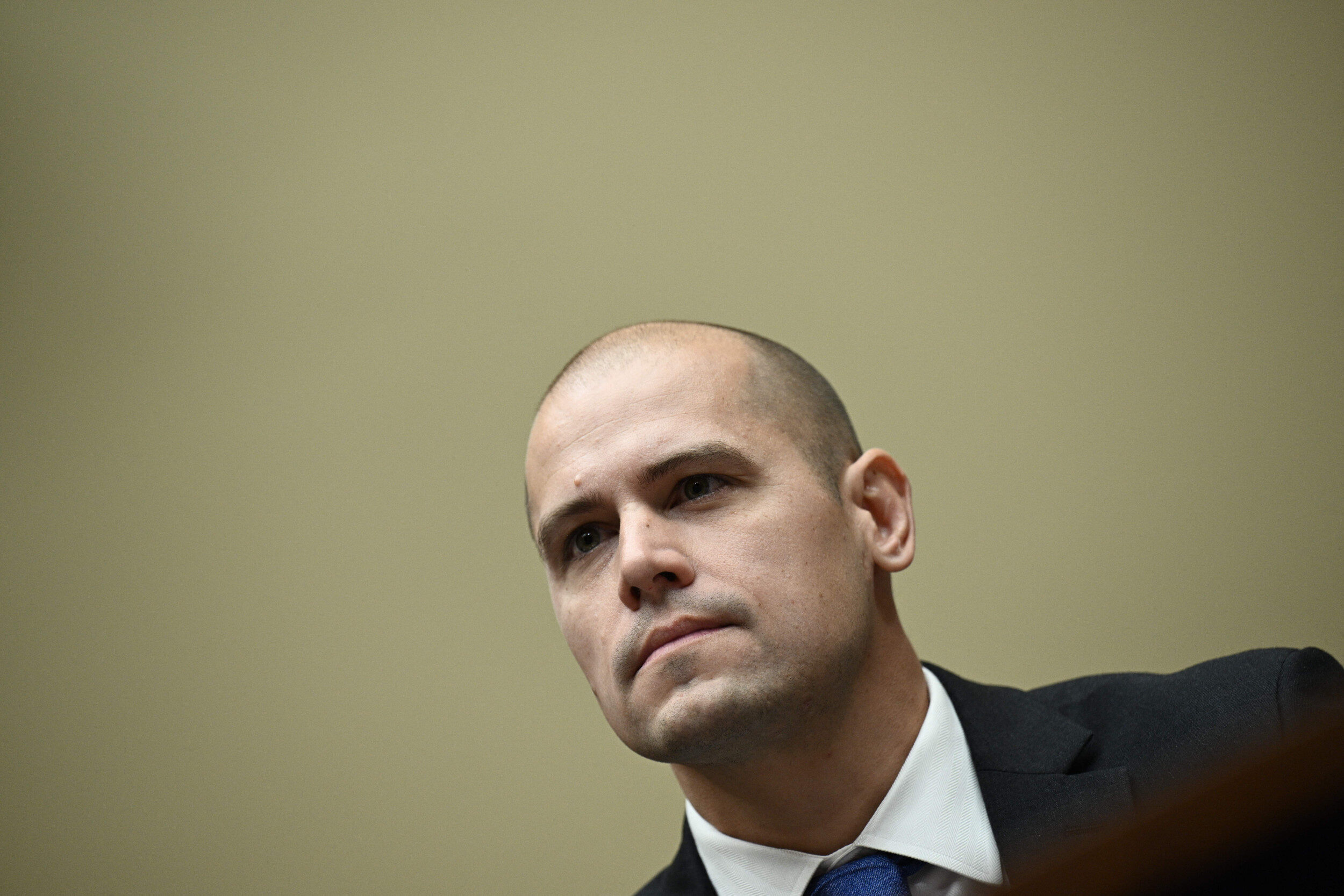
My story is this: Nine years ago, my F/A-18's squadron, operating off the coast of Virginia Beach, observed and tracked UAP that had infiltrated military airspace. The UAP had no visible propulsion or lifting surfaces but could remain motionless in Category-4 hurricane winds, accelerate to supersonic, and operate all day, outlasting our fighter jets by 10 hours or more. They even caused near mid-air collisions with our jets, triggering mandatory safety reports.
Today, these same UAP are still being seen; we still don't know what they are; and our government has no idea of the scope of the problem. That's because pilots, both commercial and military, are encountering UAP, and the majority of these cases are going unreported.
I founded Americans for Safe Aerospace, the fastest-growing UAP nonprofit in the world with more than 8,200 members, because I believe we need to find out.
When I testified last week, I also shared with Congress how more than 30 UAP witnesses, commercial pilots, and veterans, have reached out to Americans for Safe Aerospace to detail their encounters, and dozens more have contacted us since I testified at the UAP hearings.
Witnesses reach out to us for two reasons: First, they trust us, and second there is no official system for commercial pilots to report UAP.
The majority of UAP witnesses I talk to are commercial pilots at major airlines. Often, they are veterans with decades of flying experience. Pilots are reporting UAP at altitudes that appear to be above them at 40,000 feet, potentially in low earth orbit or in the grey zone below the Karman line, making inexplicable maneuvers, like right hand turns and retrograde orbits, or j-hooks. Sometimes these reports are recurring, with numerous recent sightings north of Hawaii and the North Atlantic. Our most recent report was from Tuesday.
The FAA has no direct process for commercial pilots to report unidentified or anomalous objects in our airspace. FAA regulations direct pilots to report UAP incidents to civilian organizations without official follow up or analysis via a verified official data set. This lack of FAA interest perpetuates stigma for commercial pilots and discourages them from coming forward. Further, commercial pilots face potential retaliation from their employers, including cease and desist letters, for speaking publicly. Pilots are afraid of potential administrative punishment or failure to achieve medical flight status for reporting UAP.
Commercial pilots are highly trained observers of our skies. In fact, our government invests millions in training military pilots to distinguish friend from foe and pilots' lives depend on accurate identification, and many military pilots go on to work for commercial airlines.
Why then is our government turning its back on the UAP reports from credible eyewitnesses who are responsible for the safety of millions and are motivated to protect our national security? If commercial pilots are routinely observing new foreign drones north of Hawaii, why wouldn't we want to track those reports? Why would the FAA not want to assess potential safety of flight implications? Why does our government want to leave open a domain awareness gap that could pose a flight risk and national security risk?
Pilots are reporting sightings of unidentified and anomalous objects that are not rare nor isolated; they are routine. It is high time we pay attention.
Ryan Graves is a former lieutenant U.S. Navy and F/A-18F pilot. He is now the co-founder and executive director of Americans for Safe Aerospace, a nonprofit dedicated to military and commercial aircrew impacted by UAP and the pursuit of UAP transparency.



With everyone carrying cell phones, and taking pictures of everything and anything, why would social media not be full of images of these UAPs, if they are so routine? Of course, all the cell phones might be in airplane mode.